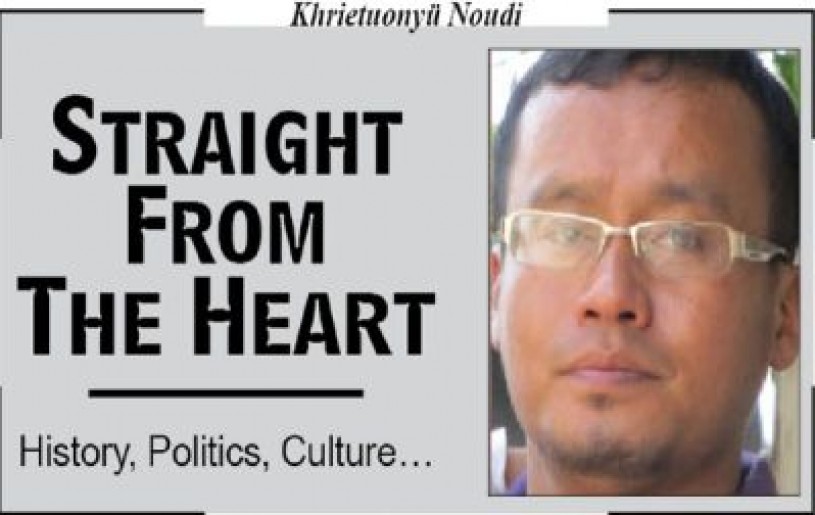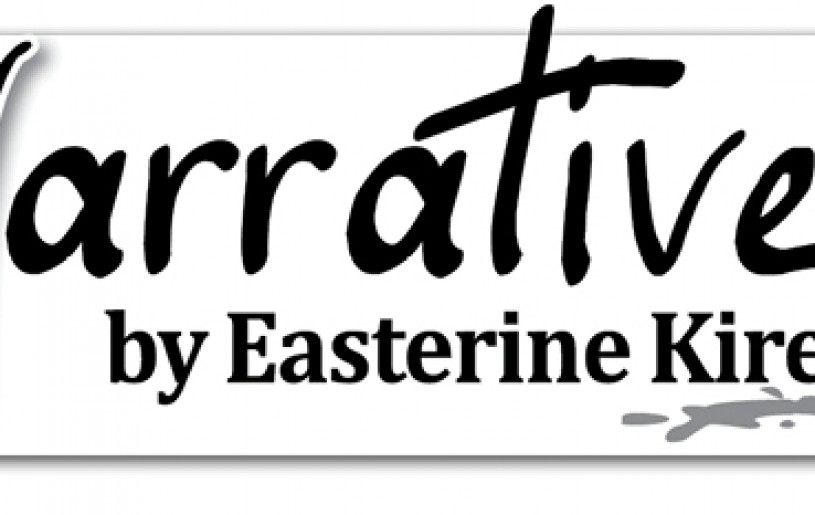
In almost every human society and era of human history, one or the other factor has always caused division amongst the people. During the time when Gandhi went to South Africa as a young lawyer, the phenomenon of ‘Apartheid’ was at its peak where everything was determined by the colour of the skin. In that apartheid society, if a person was born white, he could enjoy and avail all the facilities provided by the system. But when one is born black, he or she was treated worse than animals. It was in that unjust environment that Gandhi found his mission in life i.e. never to submit to unjust laws and discriminatory systems.
In every known society, the gap or the division between the haves and the have-nots is an observable phenomenon. In the case of Indian society, other factors like religion, language, blind faith and superstition, social class and caste, cultural heritage and races have always been stumbling blocks to the unity and integration of this big country comprising of people from different religions, races, cultures, languages etc. In the bygone eras, the Hindus were further divided as Brahmins, Kshatriyas, Vaishyas and Shudras based on questionable mythological ideas and beliefs. For centuries, the Hindus strictly adhered to these ideas resulting in fragmentation and alienation of its society. Though modern independent India no longer recognizes these divisions, even today we can see and feel the remnants of these classifications and practices. In fact in the bygone eras, the Hindus even categorized some of its own people as untouchables on the ground that these people were not clean and were not fit to live in society. It was great minds like Gandhi and Ambedkar who saw and feel the unjust and illogical beliefs behind these mindless classifications and did their best to do away with these systems and bring about a transformed society where everybody can live freely and fearlessly as equal people having equal rights and opportunities under one sky. In the case of the Muslims, we have divisions like the Shias and the Sunnis besides others. And if we look at Muslim history here in India or elsewhere, we find that the Shias and the Sunnis have had their own share of confrontations, fragmentations and fights throughout.
In the case of the Nagas, our society is a classless and casteless society where nobody is segregated for being born with dark or fair skin, where none is looked down upon as inferior or degrading even if he or she was born into abject poverty. Rather ours had been a society where the rich and the well-to-do would even lend helping hands to the down-trodden in times of need. Ours was a society where everybody had a voice in matters that could affect him directly or indirectly. The only people who would be completely segregated from the Naga society were the criminals or the people who had violated the rules and systems of the village community by indulging in things that were considered taboos.
However, division of any sort in any society has been found to be detrimental to the overall good of the people both immediately as well as in the long run. Division in societies, unless checked effectively, only begets more divisions leading to the rich and the well-to-do becoming richer and more privileged and the poor becoming poorer and less privileged. Divisions in societies may be on the lines of religion, tradition, mythology or some governmental systems but it should be the effort of the government and every right thinking citizen to see the logic behind these divisions and do away with it if found detrimental in any way. Otherwise it will lead to alienation and fragmentation of the society resulting ultimately in even revolutions or civil wars.
So when the government introduces a new welfare or enrollment system aimed at covering the whole populace, no part of the populace should be left untouched. Efforts should be made to ensure that the new system penetrates into every nook and corner of the populace and not just the people living in the cities and towns. Today we face a similar type of situation wherein the government has introduced a new system of mandatory enrollment called the Aadhar. Whereas the benefits and the logic behind this Aadhar system may be noble and splendid, the pace and the manner in which the enrollment is being done in found to be lacking and unsatisfactory on many fronts leading to widespread discontentment.
Today for people like us who live in this part of South-East Asia, we live in the times of a man called Narendra Modi. Every word that comes out of his mouth is law and should be treated as gospel truth whether we like it or not and whether we understand it or not. In the era of this man, the people would not be divided by the colour of their skins or by their beliefs, ideas, religion, class or castes but on the possession of a thing called ‘Aadhar card’. Yes, today in this age of Narendra Modi, you can have everything if you have Aadhar card but you are a nobody and you do not even exist if you don’t possess this.
The BJP government says that the logic behind making the Aadhar mandatory is to transform India into a digital entity where nobody can fake or duplicate the identity of another and where we would be free from illegal and unauthorized personifications. Aadhar literally means “Aam Admi Ka Aadhikar” which means “the right of the common man”. In the Aadhar enrollment system, the prints / impressions of a person’s fingers and eyeballs are digitally recorded and stored using computers. And as science says “no two persons are born with same fingerprints or eyeballs”, the Aadhar system may certainly help the government machinery in varied fields like crime detection, irregular financial transactions, dubious official works etc.
So, this article is not against making India a digital entity through the Aadhar system. Rather if the Aadhar system can effectively help in checking black money, irregular and unaccounted financial transactions, double identity and personifications and be handy in crime investigations and criminal detections, I am all for it. But the Aadhar phenomenon is only a recent phenomenon which suddenly erupted into the scene some 6-7 years back (if I am not wrong). When it was first introduced and the enrollment began, many did not feel serious about it as many were not even aware of the logic behind this system. But in the last couple of years since its introduction (especially after the BJP government took over in 2014), the Aadhar system has gained immense momentum as the government is all set to make the Aadhar mandatory for almost every official and unofficial works under the sky. First they told us to link our Aadhar to our LPG, then our bank account, then PAN card, then Driving License etc. And only God knows what else will follow.
Now suddenly the Aadhar has become the most important proof of your existence and the most important requisite to be counted as a citizen of India where you cannot even cross certain borders or areas unless you posses this document (like in the case of our Eastern Naga brothers and sisters from Myanmar). If one has the Aadhar, one can easily avail any government facility without much hassle. But if you don’t have Aadhar, it is an insurmountable task for you every-time you go out of your house.
And even children as young as 5 years have not been spared by this Aadhar revolution. From the innocent children who are still in their formative years to the old retired hapless senior citizens (including the ignorant and illiterate ones), Aadhar has become the one thing that will decide one’s fate and indeed one’s life. Under such a scenario, some questions naturally creep up out of the mess. Is the government doing enough to ensure that every genuine citizen gets his or her Aadhar in time without unnecessary hassles? Is the government providing enough opportunities and avenues where the people can avail this without going through unnecessary and tiring hassle works? The government and those at the helms of affairs should ensure that this Aadhar reaches every nook and corner of our land including the far-flung and remote areas where our most vulnerable lots live a hand-to-mouth existence so that they may also be included into the system and be counted as fellow human beings and enable them also to avail facilities and beneficiary programs. Therefore, the need of the hour is to employ more manpower and resources into this Aadhar enrollment so that the enrollment can be taken up on a war-footing. Simply enrolling some 70-80 individuals daily at some district headquarters will not do. Centers for enrolling should be set up even in the remote and far-flung areas so that even the people living faraway from our towns and cities are not left out. Or else these people would be left completely aloof from the system resulting in undesirable consequences for the Naga family…………






